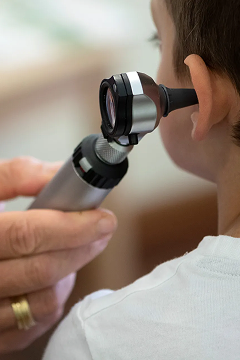-
Pure Tone Audiometry (PTA) Test
A pure tone audiometry test evaluates how well a person hears sounds at different frequencies and volumes. It is a key diagnostic tool used by audiologists to determine the degree and type of hearing loss.
- The test measures the softest sound a person can hear at different pitches (frequencies).
- Results are plotted on an audiogram, showing hearing thresholds.
- It helps in diagnosing sensorineural, conductive, or mixed hearing loss.
-
Impedance Audiometry Test
An impedance audiometry test, also known as tympanometry, assesses the middle ear's function and detects any blockages or issues affecting hearing.
- It measures how the eardrum responds to sound and pressure changes.
- Useful in diagnosing ear infections, fluid buildup, or eardrum perforations.
- Recommended for individuals with ear discomfort, recurrent infections, or fluctuating hearing loss.

What is an Audiometry Test?
An audiometry test is a reliable hearing evaluation that measures how well a person can detect various sound frequencies and intensities. It plays a vital role in diagnosing hearing loss, identifying its severity, and guiding the selection of the most suitable treatment or hearing device.
This test is especially recommended for individuals with hearing difficulties, tinnitus (ringing in the ears), or frequent ear infections. It is also widely used in workplace hearing screenings and routine medical check-ups to ensure long-term ear health.




